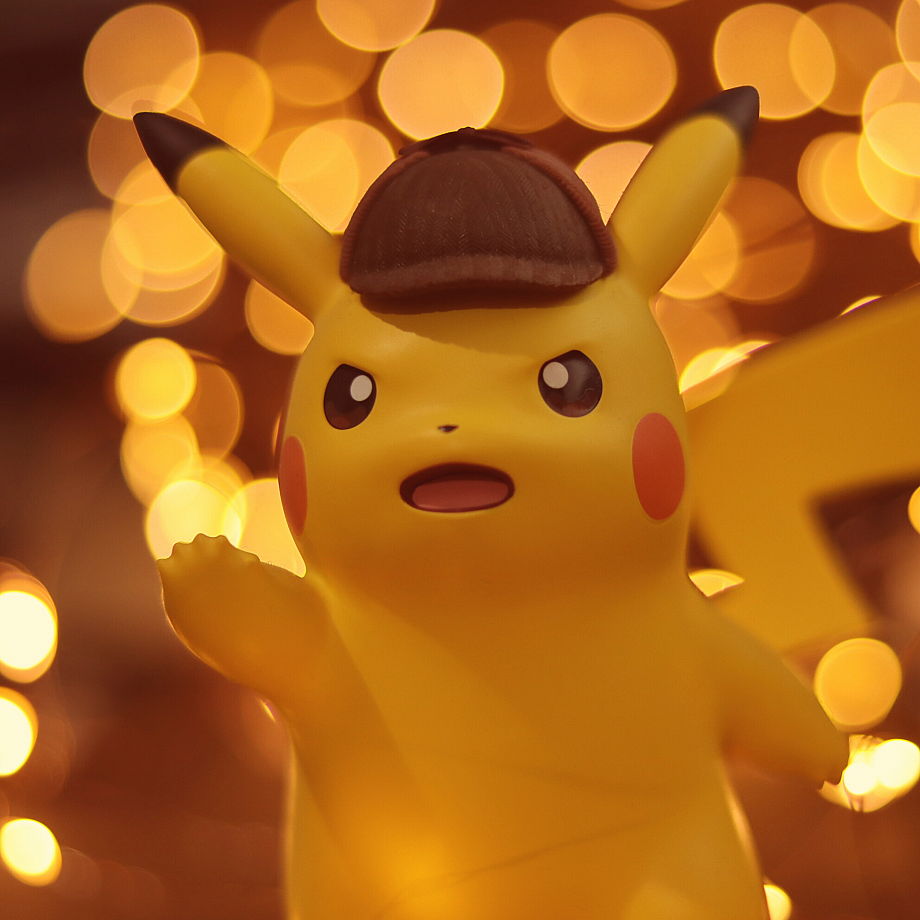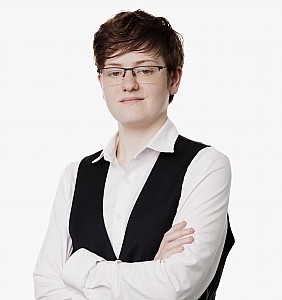Pokémon – I patent you!

Nintendo does not love its competition. Not in hardware, not in games, and definitely not in design. It especially doesn’t love when that competition undermines its goose with the golden eggs (or at least, one of their geese), namely Pokémon, the highest grossing media franchise in the world (around € 125 billion lifetime revenue).
Palworld, which was launched in January 2024, is very much that competition. In less than two years, it has grown to become a real adversary for the Pokémon games, breaking records in sales and users. Looking at the concept, the look, the characters, the gameplay, it’s hard to miss the similarities between the two. What does differ is the price tag. And the guns of course, Palworld is in essence Pokémon with guns.
Nintendo did not take this lying down however. Immediately after the launch of Palworld, The Pokémon Company (co-owned by Nintendo) stated it intended to “investigate and take appropriate measures to address any acts that infringe on intellectual property rights related to the Pokémon”.
From investigation to litigation
In September 2024, Nintendo hit Palworld with a patent infringement suit in Japan (still ongoing), while shifting gears in parts of their portfolio to counter Palworld.
It already had acquired US patents on its catching mechanism and on its riding mechanism that closely aligned on the Palworld equivalents, and had forced Palworld to even make changes to these mechanisms in the hopes of avoiding the Nintendo patents.
Alongside these existing protections, Nintendo has continued to expand its portfolio. Recently, one of Nintendo’s other plans has come to fruition, when US12,403,397B2 was granted on 2 September 2025, filed on 1 March 2023 with a priority date of 16 August 2022. This patent claims the battle mechanics of Pokémon Scarlet/Violet (which I had to borrow for research purposes), and which coincidentally also matches the battle mechanics of Palworld.
What the patent covers
In layman’s terms, the US patent claims a game for a processing device (computer, console, handheld, etc.) as well as the processing device executing it, that allows you to move your little “me” in its virtual world, and you can summon a sub characters, i.e., your Pokémon, Pals or however you want to call them.
When there’s an enemy character (someone else’s or a wild Pokémon/Pal) on the spot where you summoned yours, a battle starts that you control. If there’s no enemy character there, your sub character appears at that spot.
Finally, you can send the sub character somewhere and if there’s an enemy in the way, it has an automatic battle with them.
While you may argue that the claim describes quite a specific dynamic described, most gamers will disagree, and point at older games where this mechanism has been used for years (Diablo, Final Fantasy, Dragon Quest, etc.), raising an obvious question: was this truly patentable?
A controversial grant
Noteworthy is that the patent was granted without any pushback from the USPTO, instead citing the claim itself as justification for the grant without giving a reason why it would be patentable over the prior art. While many IP experts expressed their doubts on the strength of the patent and whether it would ultimately hold up in court, it does not detract from the fact that Nintendo suddenly has an ace up its sleeve against Palworld, as well as anyone else eyeing “their” market.
Beyond Japan: A strategic move
With this new patent in hand, Nintendo is now positioned to escalate beyond Japan and potentially bring the fight to U.S. courts. Even if the patent’s validity is contested – and many observers believe it’s vulnerable to challenge — the mere existence of the grant shifts the balance. Palworld may face not only the costs of defending itself but also the chilling effect of uncertainty, which could slow its expansion. More broadly, the case raises a pressing question for the industry: how far should patents be allowed to reach into game mechanics that many players consider common ground?
Patents as swords and shields
The Palworld–Pokémon clash is a reminder that intellectual property isn’t just a legal shield: it’s a strategic weapon. Nintendo’s aggressive use of its patent portfolio shows how a company can build defenses not only around characters or branding, but also around mechanics and gameplay flows. Whether or not those patents ultimately survive challenges, their existence alone gives Nintendo leverage in negotiations and litigation.
At its best, IP fosters innovation by rewarding investment. At its worst, it can feel like a minefield that discourages competition. The challenge for developers is to navigate this terrain wisely: build your own portfolio, respect others’, and always weigh whether your IP is a sword, a shield, or ideally both.
From games to growth: Why IP strategy matters
Whether you’re developing software, designing products, or building a brand, intellectual property is one of the most powerful tools at your disposal. Used wisely, it can protect your investment, create leverage in negotiations, and open doors to new markets. If you’d like to explore how IP can support your business strategy, don’t hesitate to get in touch with us at brantsandpatents — we’re here to help you turn ideas into assets.
Blog by Jenthe Tack, European Patent Attorney at brantsandpatents.
Avez-vous une question?
Nous serons heureux de vous aider.
Prenez librement un rendez-vous avec un de nos experts.
Rassurez-vous, vous n'êtes pas seul.
Naviguez dans la FAQ. Avez-vous encore des doutes,
n'hésitez pas à nous contacter.




